NFTs for Beginners has become extremely relevant after global NFT sales surpassed $70 billion in May 2025.
In 2021, non-fungible tokens (NFTs) gained popularity and emerged as a lucrative option for traders and investors seeking to enhance their portfolios.
Many people have come across the term “NFT” online, but the majority of them think NFTs are just digital pieces of art that can be traded for money.
Fortunately, there is more to an NFT than that, as it represents computer codes held on blockchain technology that represent the ownership of digital collectibles.
What is the true significance of NFTs, and why are certain collectibles experiencing a substantial increase in value?
This article serves as a beginner’s guide to NFTs, providing an extensive review of what NFTs are, how digital collectibles work, and their real-world use cases (applications).
By following this article in its entirety, newbies to this growing sector will learn how to create, buy, and sell NFTs.
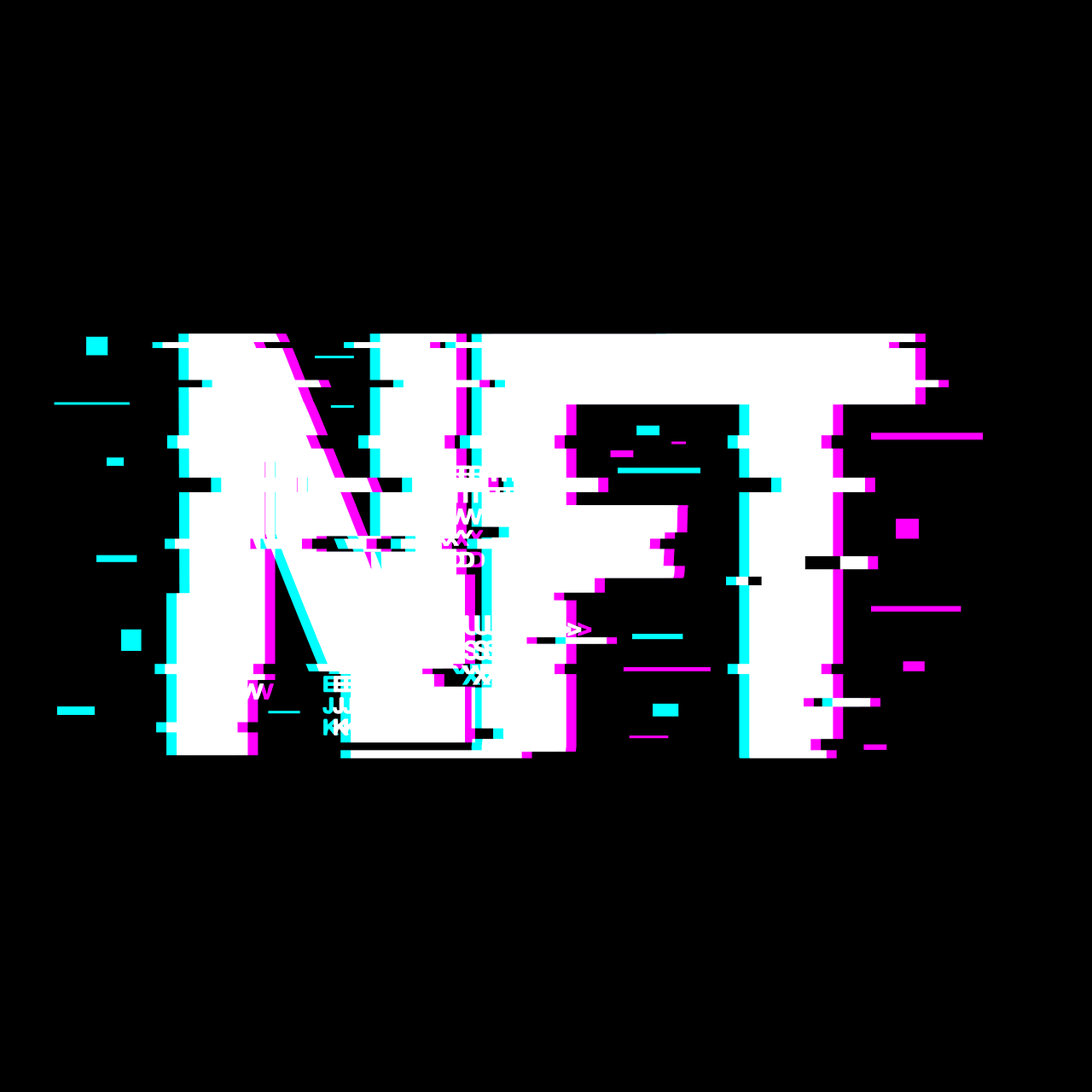
NFT Global Sales Volume Surpasses $70 Billion
NFTs for Beginners: What are NFTs?
To help you understand non-fungible tokens, you need to understand other equally important terminologies within the space. One such term is fungible tokens or assets.
What is the difference between fungible tokens (assets) and non-fungible tokens (assets)?
Solana NFT Sales Surpass $6 Billion: Is SOL A Game-Changer for Digital Collectibles?
Fungible Tokens (Assets)
The Cambridge Dictionary states that fungible items can actively exchange or trade for others of the same type and value.
To put it simply, fungible assets are interchangeable. Examples of fungible assets are physical cash (fiat currencies such as the United States Dollar, Euro, Great Britain Pound, Japanese Yen, Russian Ruble, Chinese Yuan, and South African Rand).
Aside from fiat currencies, cryptocurrencies such as Bitcoin (BTC), Ethereum (ETH), Ripple (XRP), Cardano (ADA), Litecoin (LTC), and Solana (SOL), among others, are also fungible assets or tokens.
Bitcoin NFT Sales Surpass Ronin, Now 3rd Largest Chain by All-Time Volume
NFTs for Beginners: Fungible assets are also divisible
Let’s take the Great Britain Pound (GBP), Euro, and USD as fiat currencies as an example. You can swap $100, £100, and €100 for two ($50, £50, and €50), and the activity will result in the same value.
Let us also examine BTC, ETH, and XRP as cryptocurrencies. You should know through this beginner’s guide to NFTs that cryptocurrencies are more divisible than fiat currencies.
The USD, EUR, and GBP actively divide into two decimal points (1.00), while BTC and other cryptocurrencies divide into eight decimal points (1.00000000).
As a result, if you don’t have money to buy a whole coin, such as 1 BTC, you can purchase a fraction of the asset. A great example is buying $5,000 worth of BTC when it is trading for $20,000. The trader will have 0.25000000 BTC deposited into his or her account.
Suppose BTC drops to $10,000; the owner of the largest digital asset by market capitalisation can buy $7,500 worth of the coin. This will see an additional 0.75000000 deposited into their account.
From our basic knowledge of mathematics, 0.25000000 added to 0.75000000 equals a whole (1 BTC).
You may come across other attributes of fungible assets in your quest to know more about the new types of money and the different financial instruments that could brighten your portfolio.
With this in mind, let us examine what non-fungible assets (tokens) mean.
Crypto: Are People Shifting to Gold and Digital Assets and Dumping the US Dollar?
Non-Fungible Tokens (Assets)
The Cambridge Dictionary states that non-fungible items actively resist easy exchange or mixing with similar assets or goods.
To understand non-fungible tokens, let’s analyse their characteristics or features. NFTs are indivisible, indestructible, non-interoperable, and verifiable.
Onyxcoin: Can XCN Reach $1 in 2025 After 700% Gains YTD?
NFTs are verifiable
Despite several attempts at creating duplicates of artwork by Pablo Picasso, Michelangelo, and Leonardo da Vinci, some experts can verify the authenticity of a piece of art.
The same thing goes with NFTs. When someone creates a piece of digital art, the blockchain’s permanent data storage actively enables tracing the virtual art back to its original creators.
This is because blockchain technology makes it easy to access historical ownership of digital collectibles.
Suppose you were interested in buying the digital version of Balloon Dog by Jeff Koons or Everydays: the First 5000 Days by Mike Winkelmann, who goes by the professional name of Beeple, but the digital collectible is held by another collector.
You can verify the authenticity of the artwork by tracing historical ownership to the two artists.
Pudgy Penguins Will PENGU Reach $1 After ETF Involvement?
NFTs are non–interoperable
Collins Dictionary defines “interoperable” as the ability to share data between different computer systems, especially on different machines.
With an understanding of interoperability, non-interoperability is where two products or programmes cannot be used or accessed by one another.
NFTs actively maintain non-interoperability, as a single token embedded with identification codes prevents use or access by another token.
A great example of this is the use of NFTs in games.
For example, Madeleine has created a video game called “MaddyTalks”. This is a play-to-earn (P2E) game that rewards players with MaddyTalks NFTs that can be redeemed and traded on NFT marketplaces for money.
Raphael has also created a P2E game called “Zuhnden” that also rewards players with Zuhnden NFTs.
Players that receive MaddyTalks NFTs cannot use their digital art in Zuhnden if they become players of the game.
In the same way, players that receive Zuhnden NFTs cannot use their virtual arts in the MaddyTalks game when they switch to the platform.
PENGU: Is Pudgy Penguins a Millionaire Maker Token?
NFTs for Beginners: Crypto collectibles are indestructible
Indestructible means cannot be destroyed. NFTs are created through smart contracts, which are programs stored on a blockchain that run when certain predetermined conditions are met.
As a result, NFTs cannot be removed, destroyed, or replicated. Ownership of NFTs also comes with an immutable feature. The immutability feature means collectors possess the digital art they purchase.
So if you buy digital art from someone, the art belongs to you and not the individual or company that created it. One of the best ways to understand this is by buying music from iTunes or Shopify.
Despite the emphasis on the word “buy”, the artist grants you a licence to listen to their creation. What this means is that a buyer does not own the music they purchased.
As someone learning about NFTs for Beginners, note that, you not only have a licence for a piece of digital art, but you also own it.
Bitcoin $2 Trillion Market Capitalisation Has Surpassed Meta, Tesla, and Google
The last feature is indivisibility
NFTs are not fungible assets (tokens). As a result, one NFT created by Madeleine does not equal another NFT created by Raphael. They come with unique features and values.
Therefore, you cannot trade one NFT directly for the other. More importantly, NFTs, unlike fiat currencies and cryptocurrencies, cannot be broken down into smaller denominations.
Simply put, NFTs cannot be interchanged with other NFTs. This is why analyst Ollie Leech of the crypto news portal CoinDesk said “They exist exclusively as a whole item” in his review of NFTs in February 2021.
NFTs represent tangible and intangible items, now that you’re familiar with their features.
Artwork, music, digital sneakers, Metaverse estate, signatures, video footage, and sports cards actively represent non-fungible assets.
Blockchains house NFTs. The chains provide the infrastructure necessary for maintaining their features and tracking their historical ownership.
Although you may be in a rush to get your hands on digital art, it is important to know something about its underlying infrastructure.
Always remember that there should not be an NFTs for Beginners article without blockchain technology. Know that digital arts would not exist without blockchain technology.
NFTs for Beginners: What is Blockchain?
The word “blockchain” yielded 589 million results in 0.52 seconds on Google. This shows the extensive interest in one of the most popular terms in the emerging sector.
Aside from cryptocurrencies, NFTs are also housed in the blockchain.
IBM states blockchain, an immutable ledger, records transactions, tracks assets, and builds trust, accessible online in a decentralized environment.
VIRTUAL Protocol Crypto: You Missed the 44,000% Gains; Don’t Miss the Upcoming Opportunities

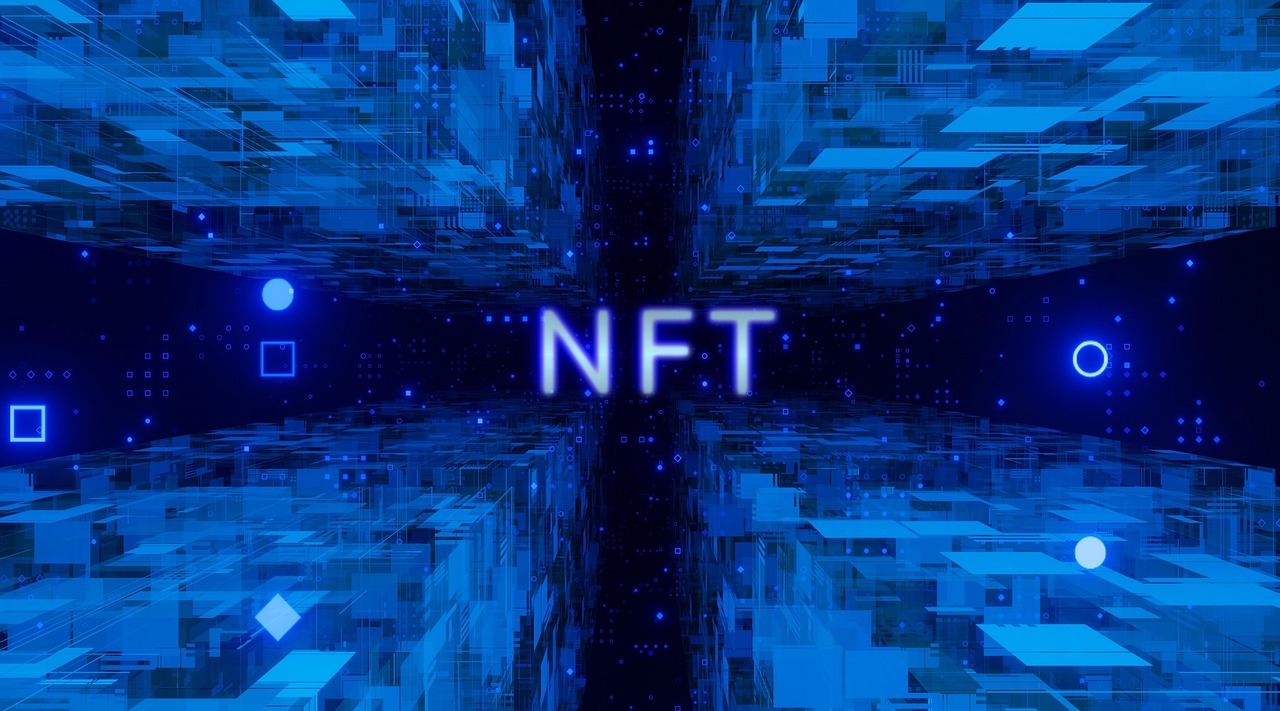
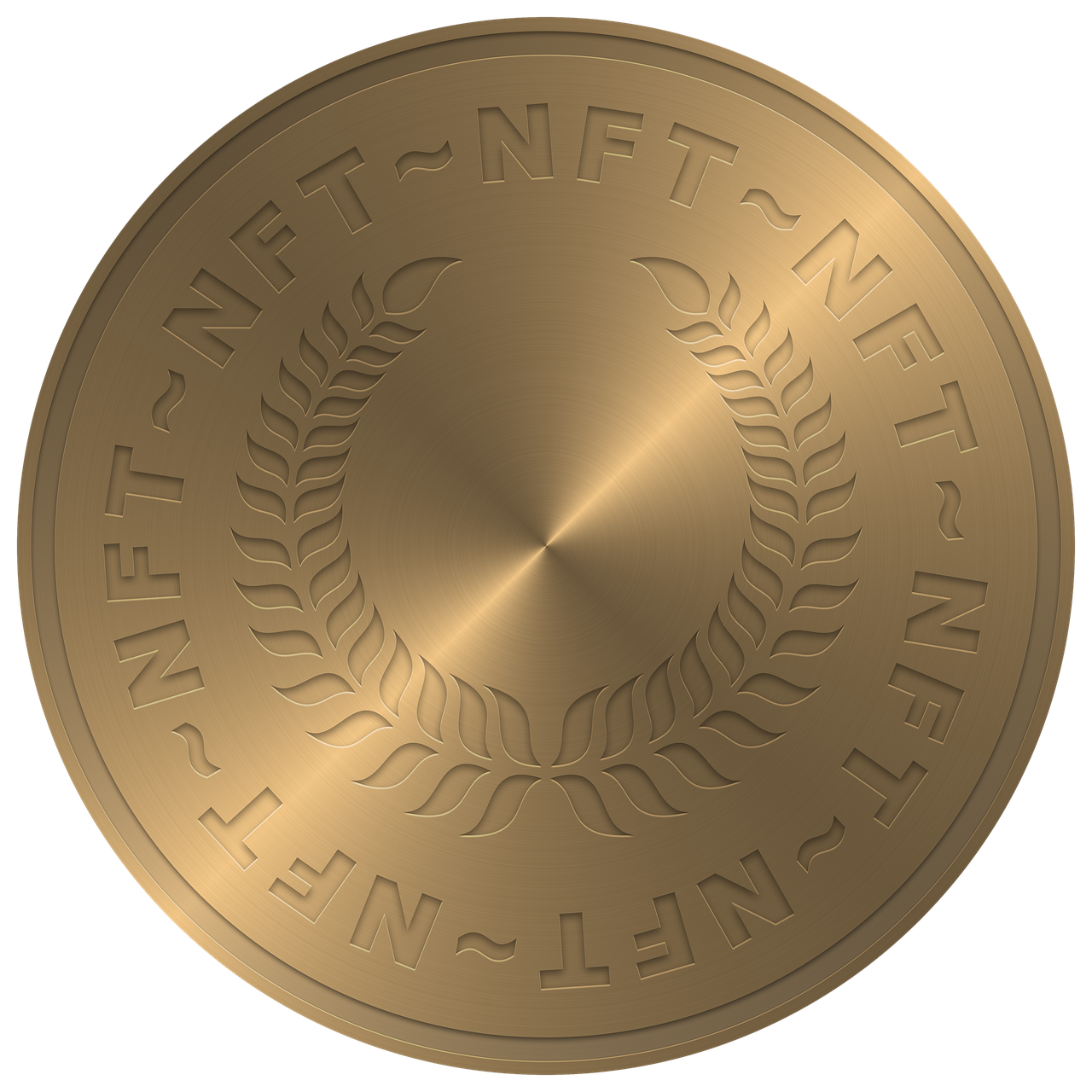
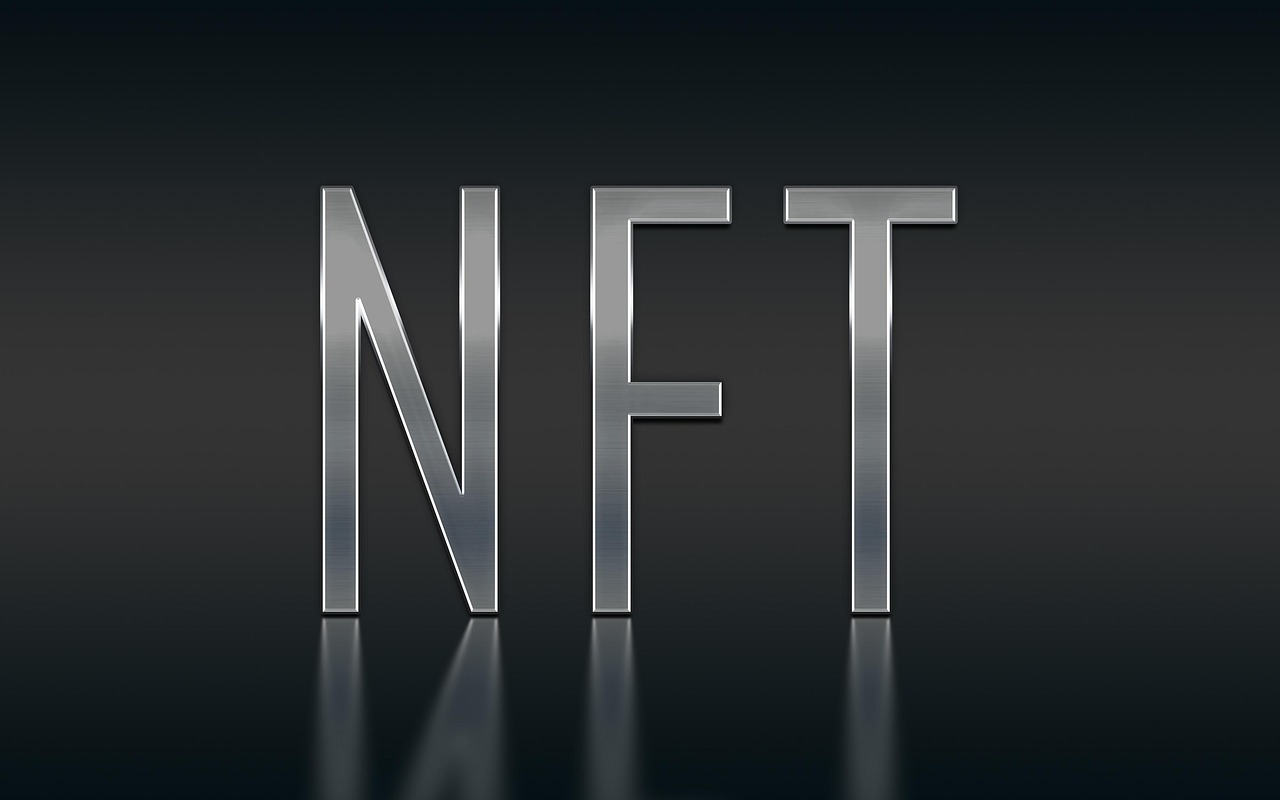
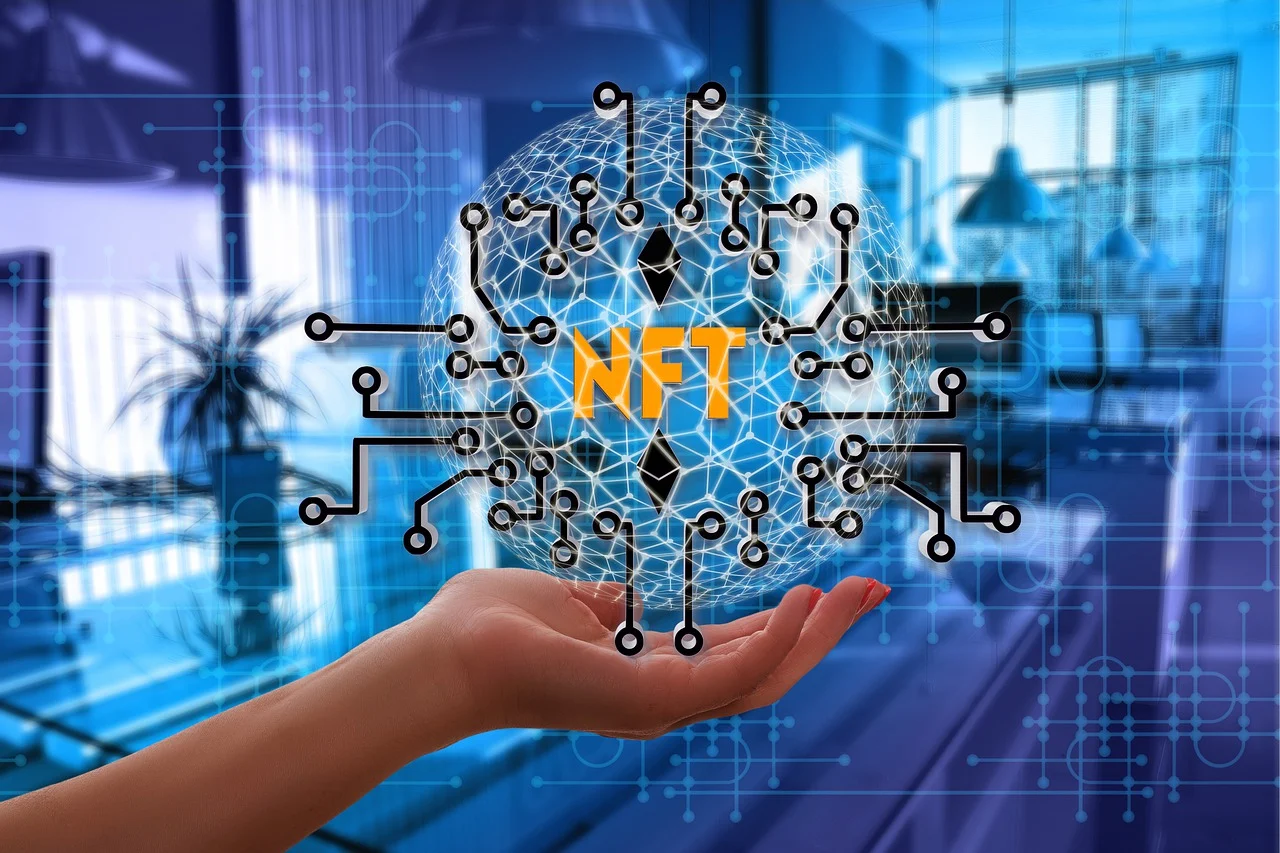
7 Comments
Thanks for this guide. I was totally lost in the world of NFTs. This article broke it down in a way that makes sense. Cannot wait to start exploring.
Awesome delivery of what beginners should know about NFTs.
Great intro for beginners! As someone who’s been collecting NFTs for a while, I’d love to see more advanced topics covered in future articles.
Still not convinced about NFTs. This article did a good job explaining the basics, but I’m still not sure what’s the point of owning digital art.
Love this guide! NFTs are the future of art and collectibles. Can’t wait to see how this space evolves over time due to the numerous bearish reports circumventing the market. Thanks for sharing your knowledge.
Thanks for covering the artist perspective! NFTs have been a game-changer for my career. Excited to see more artists exploring this space.
Good overview for beginners. As an investor, I am interested in the potential for NFTs to appreciate in value over time. What are some promising NFT projects to watch?